The Sphinx Gate: One Of The Three Most Notable Gates Of Hattusa, The Ancient Hittite Capital
Welcome to Hattusa, the ancient capital of the Hittite Empire during the Late Bronze Age.
Today, the ruins of this incredible city lie near the modern village of Boğazkale in Turkey, nestled within the loop of the Kızılırmak River.

Hattusa is known by various names such as Hattuşa, Ḫattuša, Hattusas, or Hattusha.
This site was a thriving center during the Late Bronze Age, playing a pivotal role in the history of the ancient Near East.
Today, the ruins of Hattusa stand as a testament to the grandeur, architectural ingenuity, and complex history of a civilization that once rivaled the great powers of Egypt and Mesopotamia.
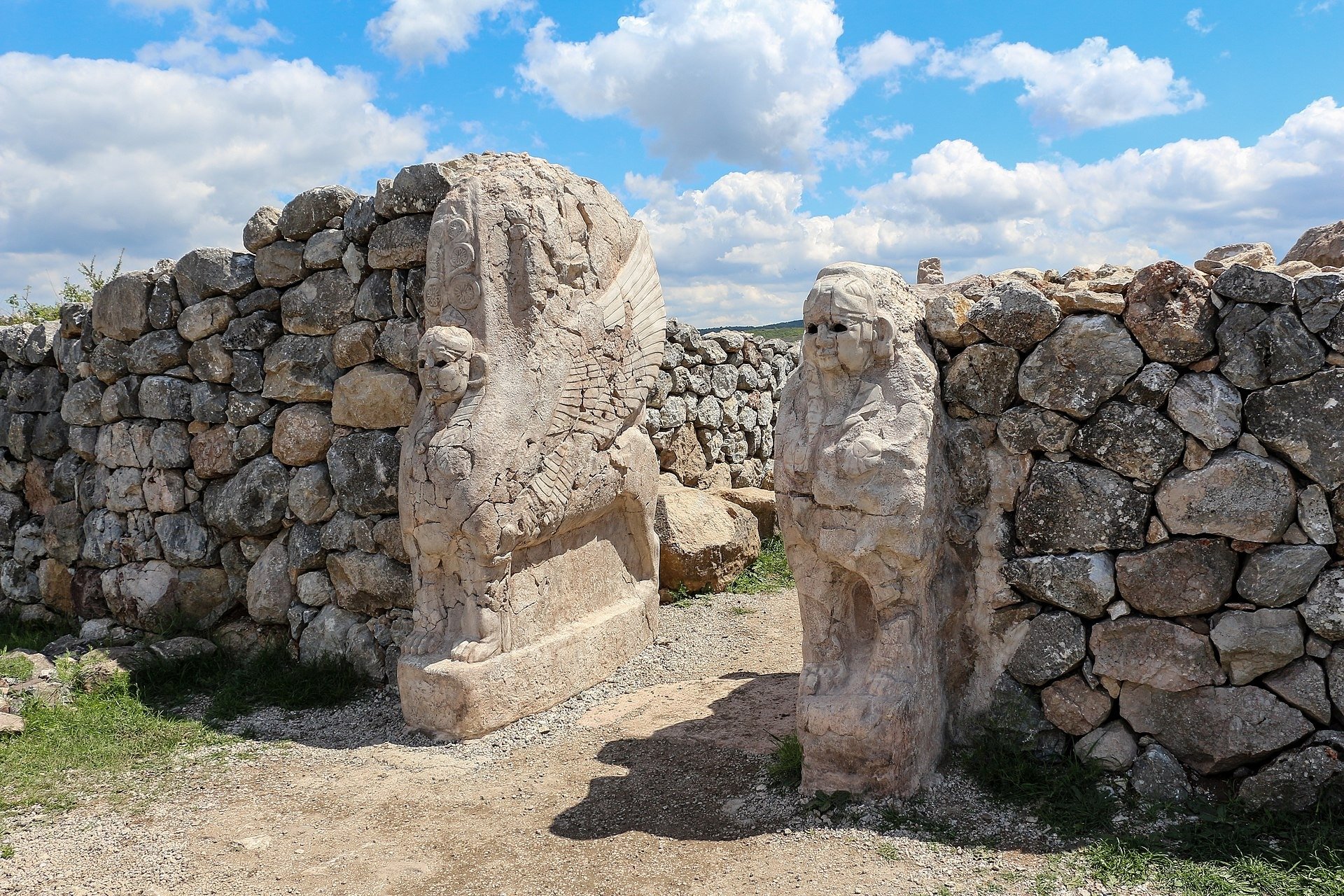
The History of Hattusa
Hattusa has a rich history that stretches back thousands of years.
The earliest traces of settlement here date all the way back to the sixth millennium BC, during the Chalcolithic period.
However, it was towards the end of the 3rd millennium BC that the Hattian people established a more permanent settlement on the site, calling it Hattush.
This early city became a significant hub for Assyrian merchants in the 19th and 18th centuries BC.
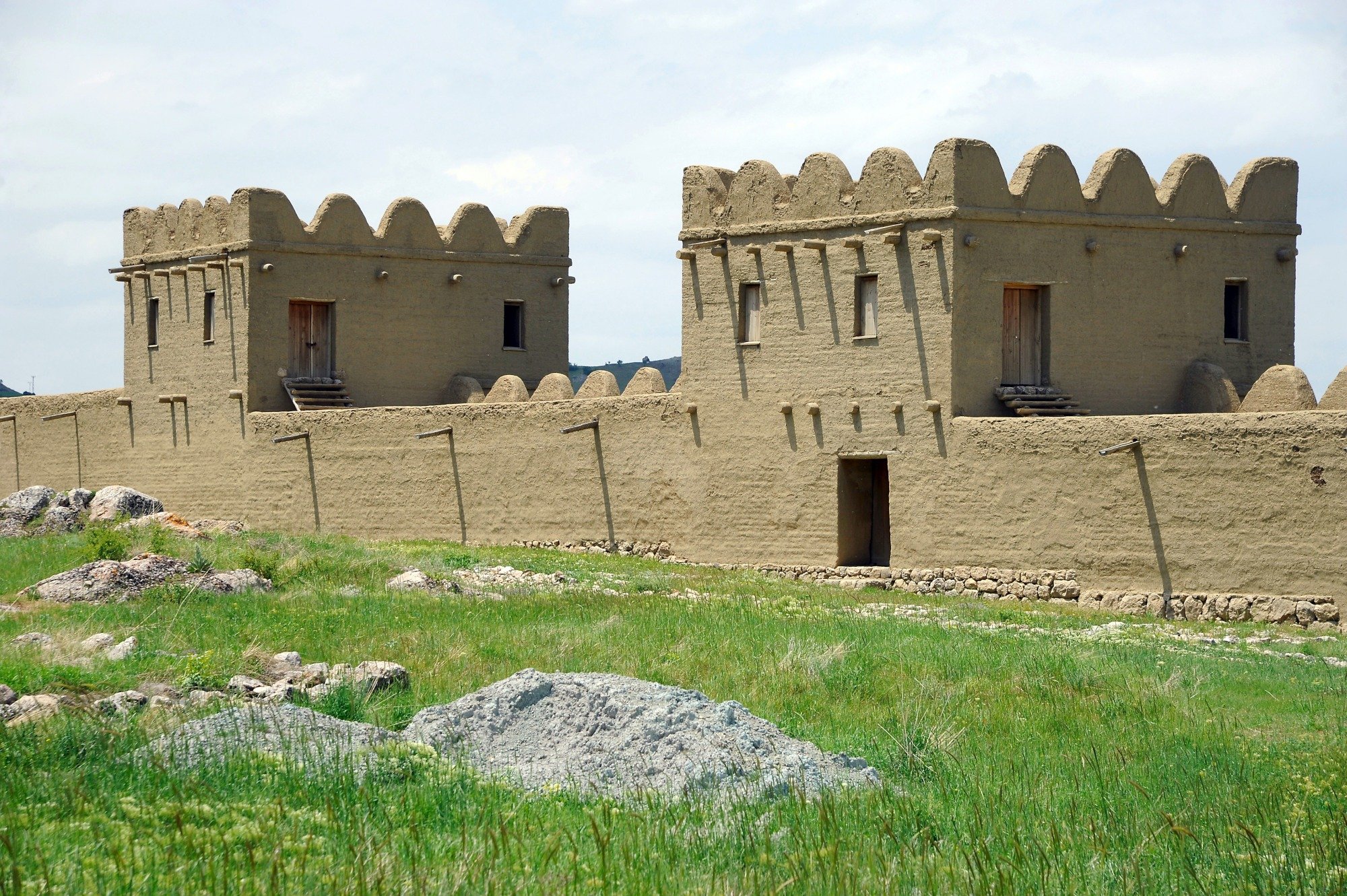
Around 1700 BC, the city was devastated by fire, likely at the hands of King Anitta of Kussara, who famously cursed anyone who dared to resettle the area.
Despite this, the city was rebuilt.
In 1650 BC, Hittite King Labarna moved the capital here and took on the name Hattusili, which means “the one from Hattusa.”

Hattusa experienced both periods of prosperity and decline.
The city was twice attacked by the Kaskians, prompting temporary relocations of the capital.
However, under the rule of Mursili III in the mid-13th century BC, Hattusa was re-established as the capital.
It remained the capital until the collapse of the Hittite Empire around 1200 BC during the widespread Bronze Age collapse.
The site was gradually abandoned, with only a modest Phrygian settlement appearing centuries later.

The City’s Layout and Structures
Over the centuries, Hattusa grew into a massive city, covering 1.8 square kilometers (about 440 acres).
The city was divided into an inner and outer portion, both protected by impressive walls that are still visible today.
These walls were constructed during the reign of Suppiluliuma I in the 14th century BC.
It extended for over 6 kilometers, with inner and outer skins adding up to a thickness of 8 meters.

The inner city, occupying around 0.8 square kilometers, housed the royal citadel on Büyükkale (Great Fortress)
It featured large administrative buildings and temples.

The outer city, slightly larger, boasted elaborate gateways adorned with reliefs of warriors, lions, and sphinxes.
Four major temples were located here, alongside secular buildings and residential structures.
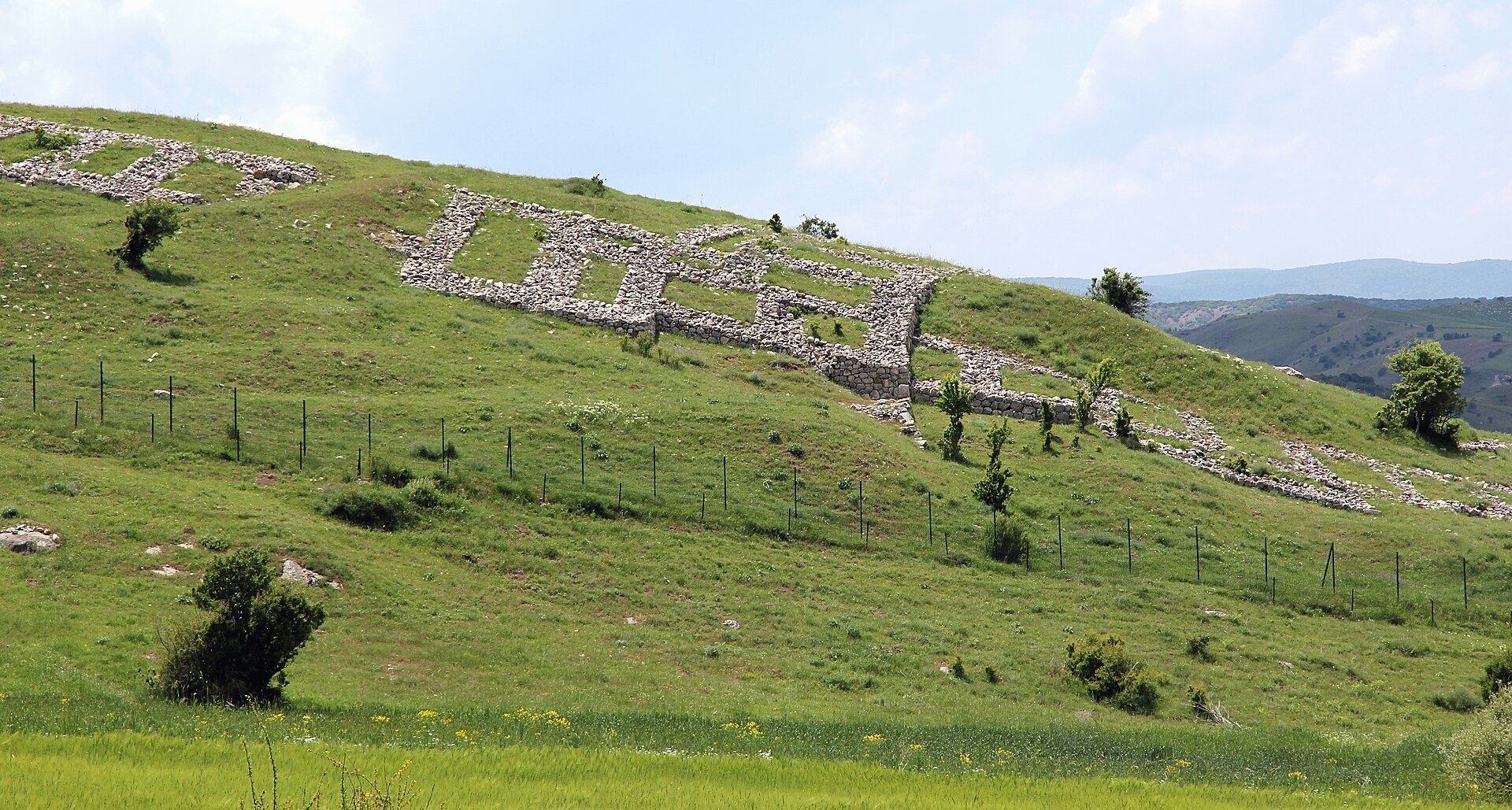
The population of Hattusa at its peak is estimated to have been between 40,000 and 50,000, with the inner city housing a third of that number.
While the timber and mud-brick houses have long since vanished, the stone-built walls of temples and palaces still stand.
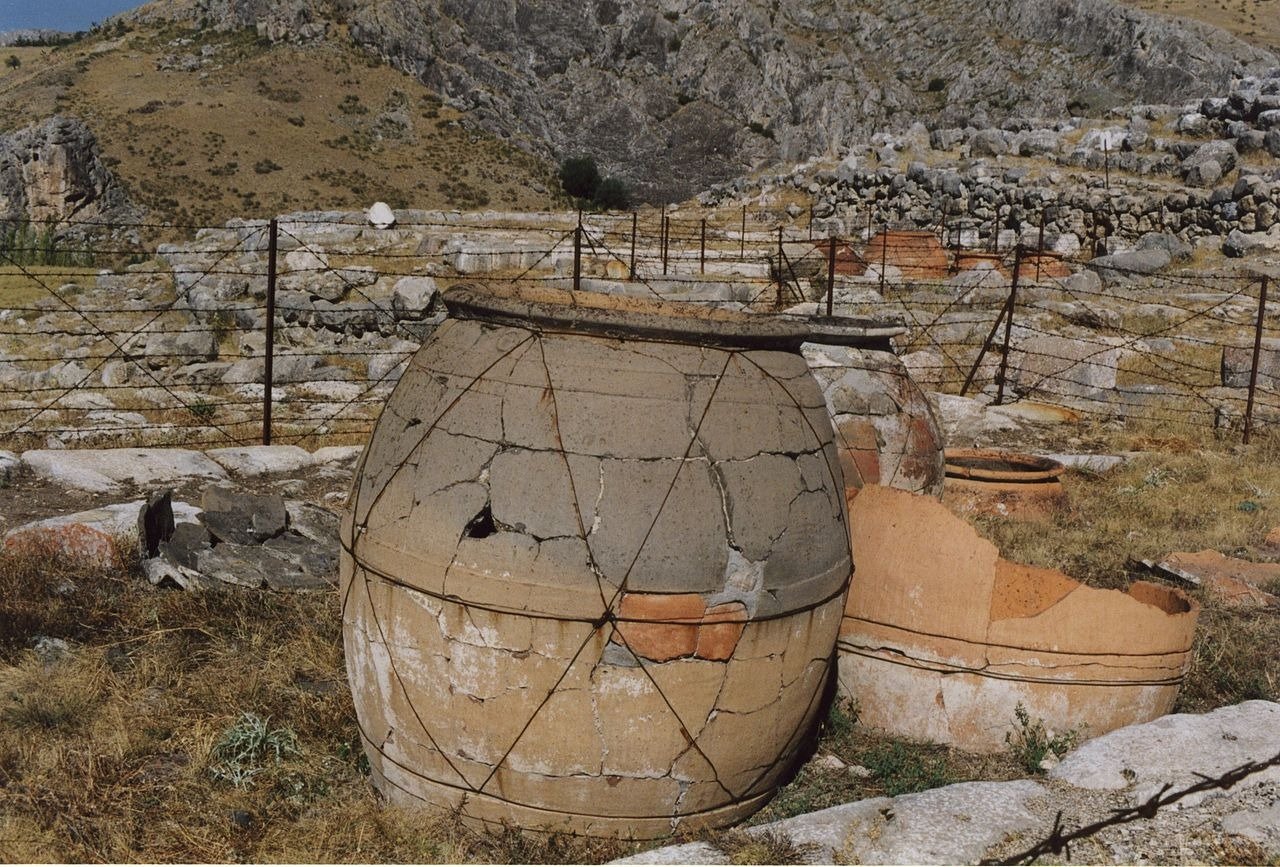
The Fall of Hattusa
Around 1200 BC, the city was destroyed as part of the widespread Bronze Age collapse.
Some believe a regional drought contributed to its downfall, and there are signs that the city was gradually abandoned over several decades.
By 800 BC, the once-great city was reduced to a modest settlement.
Archaeological Discoveries
Hattusa might have been lost to history if not for the efforts of early explorers and archaeologists.
In 1834, French archaeologist Charles Texier stumbled upon the ruins, bringing them to the world’s attention.
Over the next century, various archaeologists, including Heinrich Barth, Georges Perrot, and Carl Humann, conducted sporadic explorations.
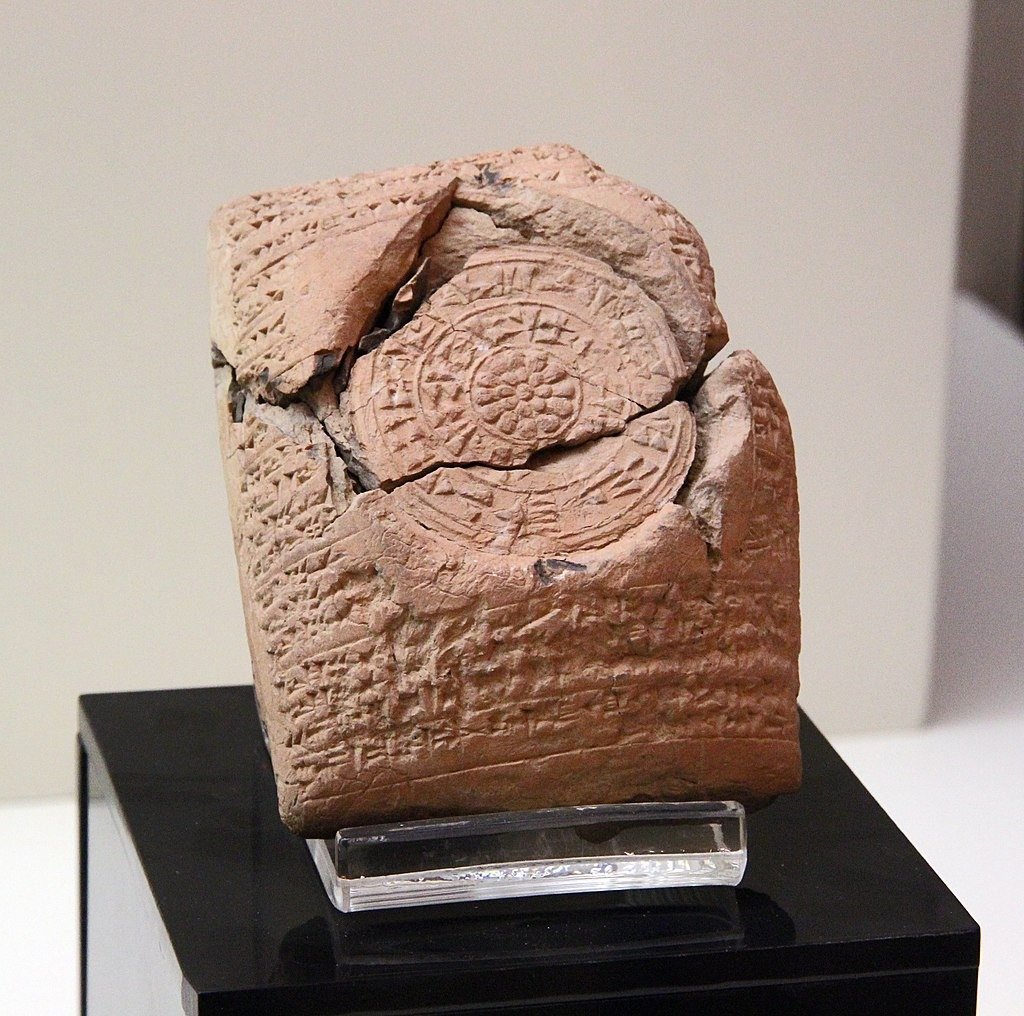
However, it was not until the 20th century that systematic excavations began under the auspices of the German Oriental Society and the German Archaeological Institute.
These digs have continued to this day, uncovering thousands of clay tablets written in the Hittite language.
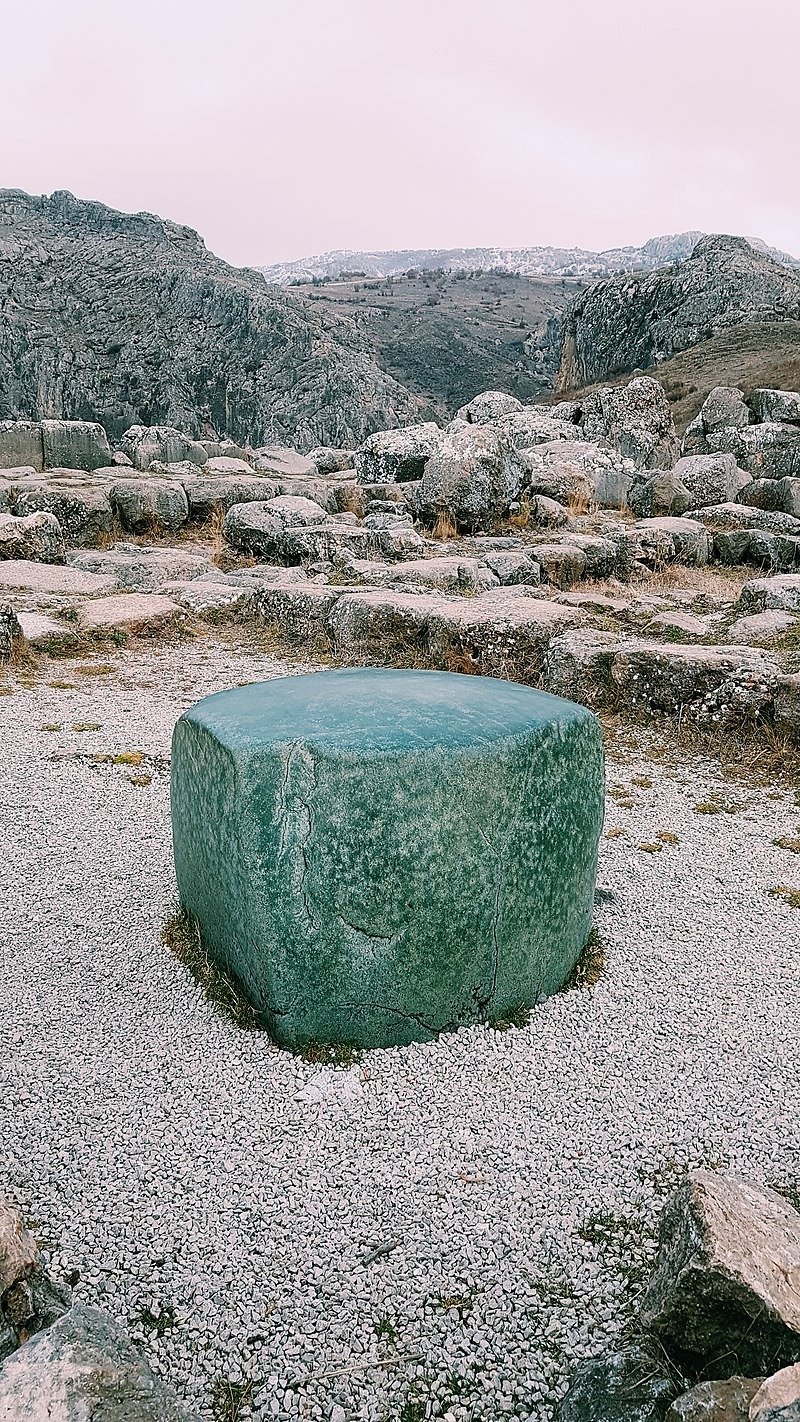
Among the most significant finds was the cuneiform royal archive, which included official correspondence, contracts, legal codes, and cultic rituals.
One particularly important tablet details the terms of the Treaty of Kadesh, a peace settlement between the Hittites and the Egyptians under Ramesses II—one of the earliest known international peace treaties.
The Sphinx Gate
One of the most iconic features of Hattusa is the Sphinx Gate, located in the Upper City.
This gate, one of three notable entrances, is adorned with sphinxes—mythical creatures with the body of a lion, the wings of an eagle, and the head of a human.
The sphinxes were almost three-dimensional, with their bodies facing the city and towering wings on the sides.

The Sphinx Gate has a fascinating history of restoration and loss.
In 1907, two sphinxes were sent to Germany for restoration.
While one was returned to Turkey in 1924 and now resides in the Istanbul Archaeology Museum, the other remained in Germany, where it was displayed at the Pergamon Museum for decades before finally being returned to Turkey.
Tragically, of the four sphinxes unearthed at the Yerkapı rampart, one has been lost to history, with no surviving fragments.
Preservation
Today, Hattusa is a UNESCO World Heritage Site, recognized for its cultural significance and well-preserved ruins.

